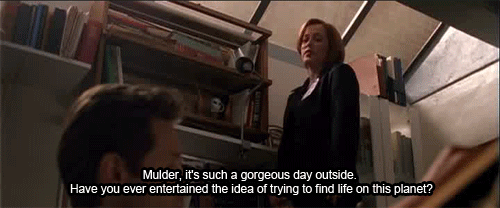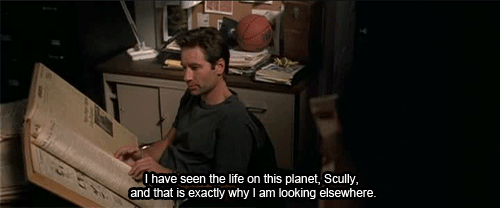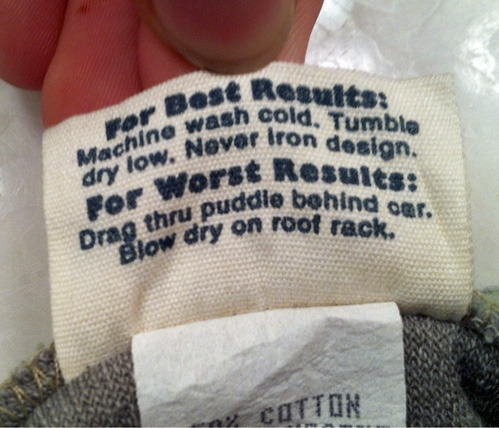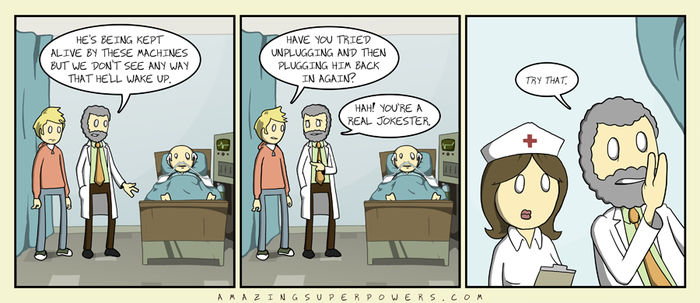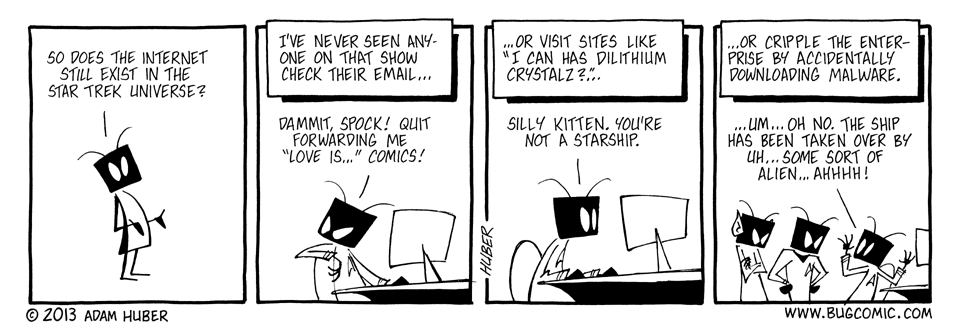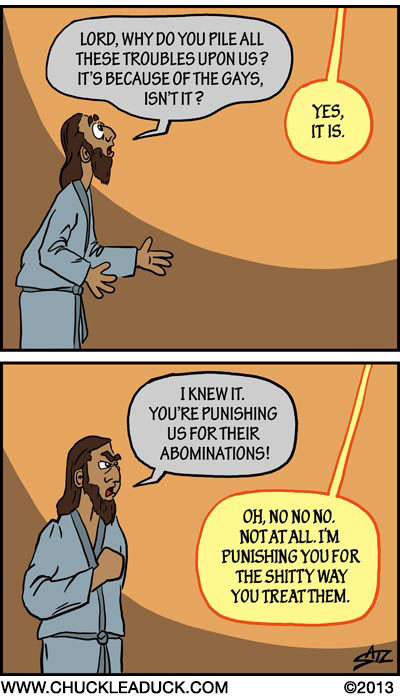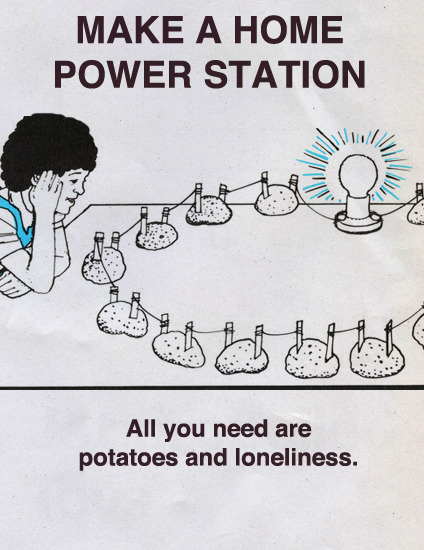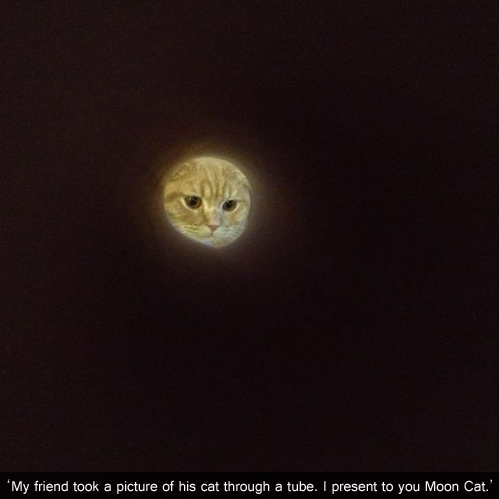Today is the 313th anniversary of the last Great Cascadia Earthquake, and I have a number of items to commemorate it. First, a couple of days ago, The Pacific Northwest Seismic Network had a truly outstanding post on what happened, where we are, and what we know now. Very much recommended.
Second, a news article from The Oregonian online, "Opponents say Riverbend Landfill's mega-quake analysis falls short." Long story short, a Portland area landfill has filed for an expansion permit, and are required to do a seismic analysis as part of that process. One was done, but it assumed a maximum magnitude of 8.5. Now the range I typically mention is "9 plus or minus 0.5." That may be a bit much on the high end, but not too much. So the number they use would cover the vast majority of quakes that affect the area, but liquifaction and slumping in the event of a truly great quake can't be discounted. And especially in view of the landfill's proximity to the Yamhill River, that is of real concern.
A related personal anecdote: last May, the house next my apartment, a student rental, started to undergo an enormous restoration. I found it quite irritating, as work started at 7 each morning, and often continued until 10 or 11 at night- this was right outside my bedroom window. Then suddenly, in mid-September everything came to a halt- and work was clearly not complete. Only a couple of weeks remained before fall term began, and I had assumed the owner wanted it back on the rental market for 2012-13 school year.
As I walked in to the Interzone one morning shortly afterward, I noticed a big sign posted near the door. I don't remember the exact wording, but in effect it was this: "DO NOT ENTER. The Corvallis City Inspector has found this building is unsafe to occupy. The structural integrity of this building renders it unfit for human occupation at any time." Within a couple more days, hurricane fencing had been installed around the entire property. It sat abandoned for nearly a month, then work resumed.
I felt kind of bad for the owner. My assumption was that he/she/they had hired unlicensed contractors who had cut corners- so either the building would be demolished, or four months of work would have to be, at least in part, redone.
However, in early November, again as I was heading out in the morning, a worker was just pulling up to start the day. After peering at the recently poured concrete/rebar foundation, with about 8 inches of rebar sticking up every 18 inches or so, I walked over to him, explained I was a next door neighbor, and was curious about the situation. It turned out, he was the owner, and he'd been doing a lot of the work himself, with daily hires, or specialized operators as needed. The house dated to 1890, he explained, and the wooden piles on which it rested had never been updated. He'd inspected it during the spring, and realized they were completely rotten. So he'd found satisfactory arrangements for last year's tenants, who were forced to move just a month before OSU concluded its spring term, and started work immediately.
He had jacked the house up, removed the old pilings, then leveled the entire house on a series of jacks intended for that purpose. In his words, "I was just replacing something that was really bad with something I thought was good."
However, unknown to both of us, new seismic restrictions have gone into effect in Corvallis. While I didn't pin down the details, my supposition is that any work done on a building that involves its structural and/or foundational integrity must be brought up to the new code. In this case, it involved digging and pouring a foundation for the entire building that, in his words, "could stand up to a nuclear blast." And from what I'd seen of its construction, for anything but a direct hit, that's not an exaggeration. He explained that at first they said they going to require what I can only describe as "flying buttresses" on each corner, which I agreed was overkill- it's a one-story, wooden-framed house. As long as it stays on its foundation, it's almost certainly not going to have problems. And remember those steel bits protruding above the foundation? Once the house was lowered onto those and bolted down, it ain't going nowhere.
I was quite pleased I'd had the chance to chat with him... what I had presumed was laziness and/or cutting corners actually revealed our own ignorance- both his and mine- of pertinent changes in building codes.
Now, I have regularly complained that Oregon is not moving as decisively or as speedily as I might like with respect to seismic preparedness. But the previous two stories illustrate a point that makes me feel good (or at least better): regulations- regarding dumps and housing construction, for example- are not really high on my radar profile, nor those of journalists. However, they can quietly pass at the city, county, or state level, and have enormous effect. Do I wish things were moving faster? Sure. But that house next door is going to be one safe dwelling- I'd willingly pay a premium for a structure like that, whether for rent or as the price of the property. One dwelling down isn't much in a city of fifty thousand, but over time, between new buildings and retrofitting, the effects will accumulate.
So it's not all gloom and doom.
Finally, when Dana and I were down on the south-central coast last March, we saw some spectacular stumps at Sunset Bay that are carbon-dated to about a thousand years ago, apparently victims of coastal subsidence, in another great quake. The nice thing about these is that they're readily accessible, just a short walk, rather than out in the middle of a salt marsh. The first photo is on the same side of Big Creek as the parking lot.
There are quite a few of them. This was after we had crossed the creek. If there's too much water to simply wade across, a short walk upstream, near the picnic shelter, there's a bridge and a trail back to the south shore.
Photos taken March 12, 2012. FlashEarth Location.
Also, as a reminder, or if you missed it, Tuesday I posted some links and information regarding earthquake preparedness. And as I said in that post, the best time to be prepared for an earthquake, or whatever sort of disaster your locale is prone to, is right now.
Stay safe, all!
Is This Your Hat?
11 years ago




















